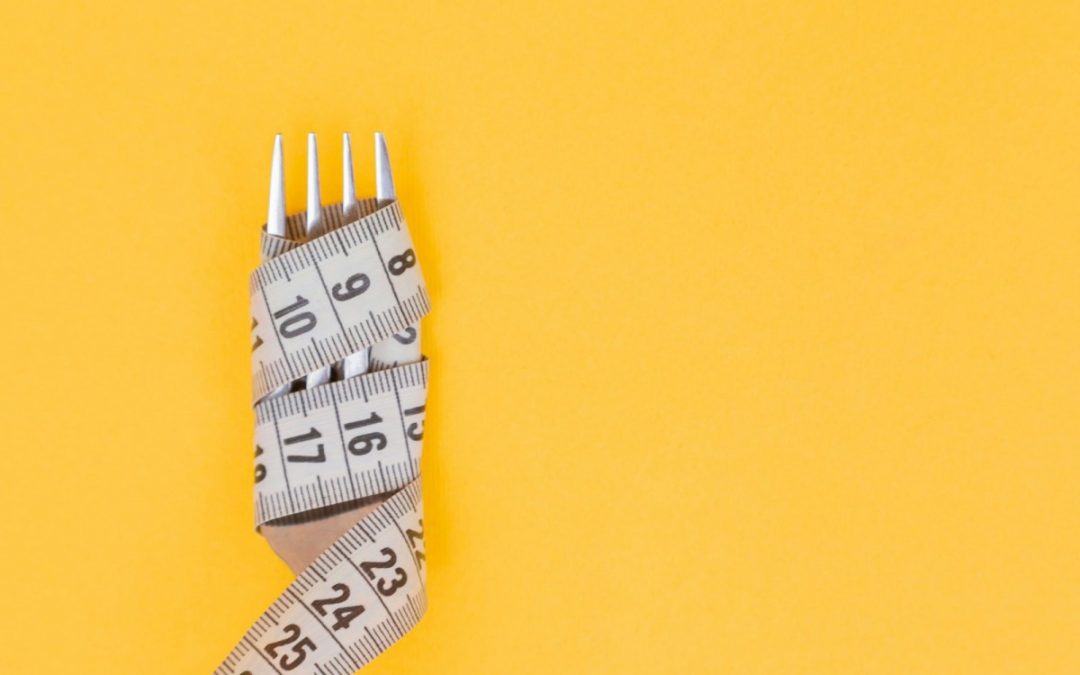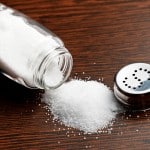For years, I’ve said Americans are overweight because of “portion distortion.” We have become a society that is constantly “on a diet” or “off a diet,” labeling foods as “good” or “bad.” As a result, we’ve lost all sense of what constitutes an actual single serving of food or what a nutritionally balanced food plan even looks like.
First of all, not all calories are created equal. Different macronutrients are processed by the body differently, and chemicals and preservatives also impact the way a “calorie” is processed. You can read more about this in my article, “Is Your Diet Making You Fatter? TEF, Your Fat Loss Secret Weapon”.
While there are foods that are healthier than others incorporating just about any food into your diet comes down to the basics. Achieving the body of your dreams (and keeping it) requires eating whole foods in the correct amount for your body, fitness program, and goals 90% of the time.
If you master that, the other 10% won’t matter, and you will be living in the body of your dreams without ever being hungry, counting another calorie, or excluding your favorite foods.
Servings and Exchanges: The Key to Your Dream Body
“Serving” defined: A serving isn’t just the amount you put on your plate. A serving is a specific amount of food, defined by common measurements such as cups, ounces, or pieces.
“Portions” are simply the number of servings from each of the food groups that you are allocated each day to achieve your fitness goals (e.g., lose fat, gain muscle, maintain your healthy weight).
Typically, the first thing I hear upon presenting a new food plan to a client is, “That’s a lot of food, much more than I eat now.” Upon examining food labels and measuring food, most clients realize that a single serving is typically much smaller than they had realized.
For example, one serving of pasta, cereal, or rice is 1/2 cup, with a serving of quinoa being 1/4 cup. So, while you may have a “serving” of pasta, rice, or dressing at your local restaurant, in reality, you are eating triple or quadruple a TRUE serving. If you want to shed those pounds and keep them off, the key to your success is to be aware of real single serving sizes and proper macronutrient breakdowns for your body’s needs.
Understanding Serving Sizes
Serving sizes for other food groups may also seem small. Take a look at the following serving sizes and portions recommended by the USRDA. Getting all of your daily servings and necessary nutrients may not be as hard as you think.
I want to issue this challenge to you: For the next 30 days, ask yourself three questions for every food you encounter. If you learn to do this, I guarantee you a body you love without ever being hungry, avoiding your favorite foods, or counting another calorie ever again!
- What group does it go in?
- How much is a single serving?
- How many servings do I need a day?
Grains (Breads, Cereals, Pasta, Rice, etc.)
1 Serving is equal to:
- Cooked cereal, rice, or pasta: 1/2 cup
- Ready-to-eat cereal: 1/4 – 1/2 cup
- Whole-wheat sandwich bread: 1 slice
- Beans & Legumes: 1/2 cup
- Quinoa: 1/4 cup
Dairy Products
1 Serving is equal to:
- Low-fat or fat-free milk or yogurt: 1 cup
- Natural cheese, such as cheddar: 1 ounce
- Greek yogurt: 1/2 cup
- Eggs: 2 whole
- Egg whites: 7
Meat & Fish
1 Serving is equal to:
- Cooked skinless poultry, seafood, or lean meat: 2 to 3 ounces (20-25 grams of protein)
Fruits
1 Serving is equal to:
- Chopped, cooked, or canned fruit: 1/2 cup
- Orange, apple, banana, or pear: 1 medium or 1/2 large
- 100-percent fruit juice: 1/2 cup (not recommended)
Vegetables
1 Serving is equal to:
- Raw leafy vegetables: 1 cup
- Cooked or chopped vegetables: 1/2 cup
- Chopped vegetables, raw: 1 cup
- 100-percent vegetable juice: 3/4 cup
Fats
1 Serving is equal to:
- Almonds: 8
- Pistachios: 16
- Walnuts: 2 or 4 halves
- Oil, butter: 1 tsp
- Flax: 1 tbsp
- Avocado: 1/4
- Olives: 5
Common Equivalents for Serving Sizes
Judging a serving size is a learned skill. I typically recommend that clients use measuring cups, spoons, and a scale until they are comfortable with their “eyeballing” techniques (usually a month or two). In order to get an idea of what a serving looks like, consider these everyday equivalents:
- 3 ounces chicken or fish: Deck of cards or the size of your (small) palm (generally a small-boned female)
- 1 cup of vegetables: Size of your fist (for those of you who know me, my fist barely fits into a 1-cup measuring cup; for those of you who don’t, the point is, it’s small)
- Medium apple: Size of a baseball
- 1/2 cup pasta, cooked: Ice cream scoop
- 1 ounce cheese: Pair of dice or pair of dominos or a small thumb
- 1 teaspoon butter or margarine: Tip of your thumb (again, a small thumb)
By mastering these serving sizes and portions, you can achieve and maintain the body of your dreams without ever counting another calorie!








